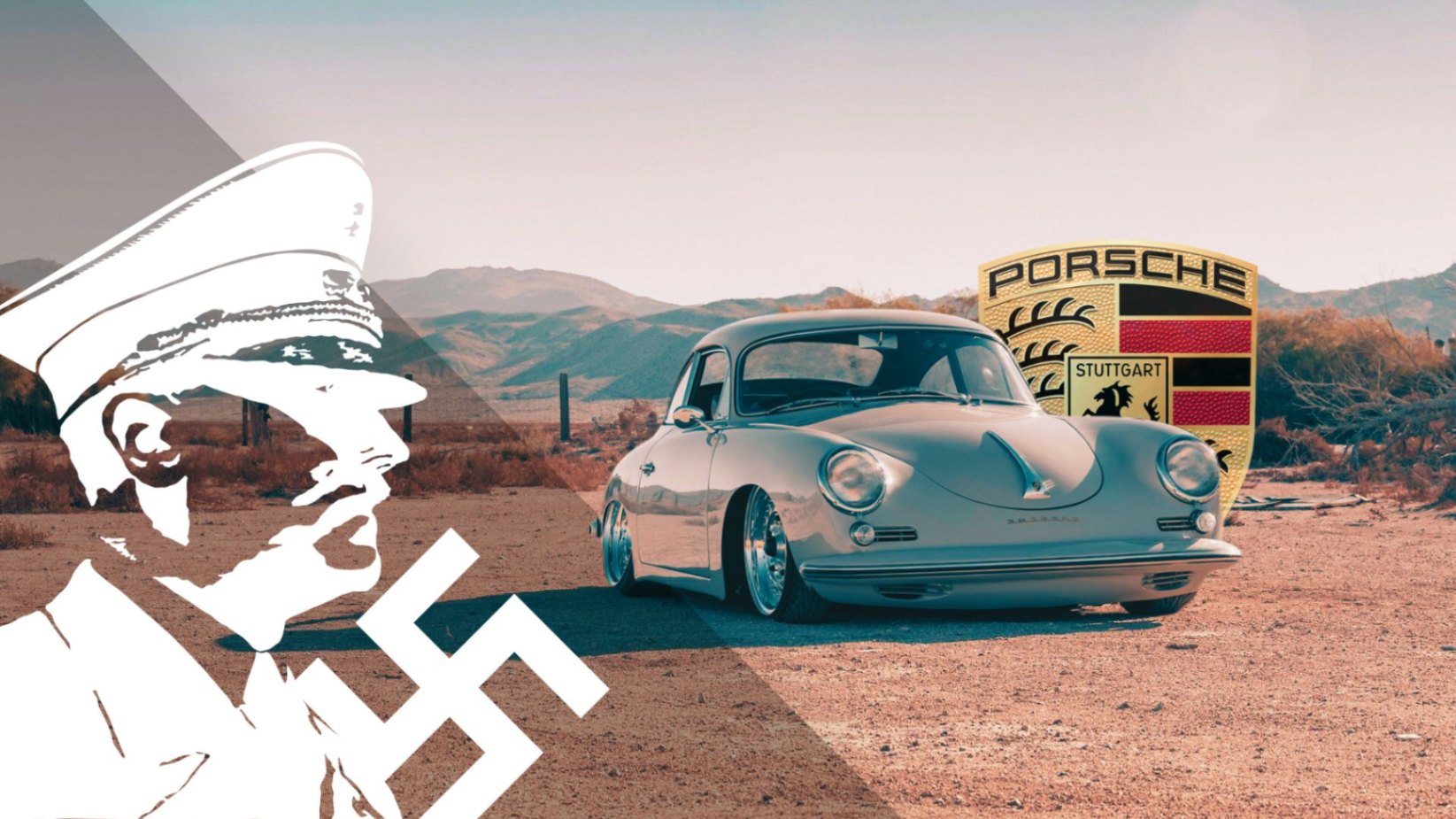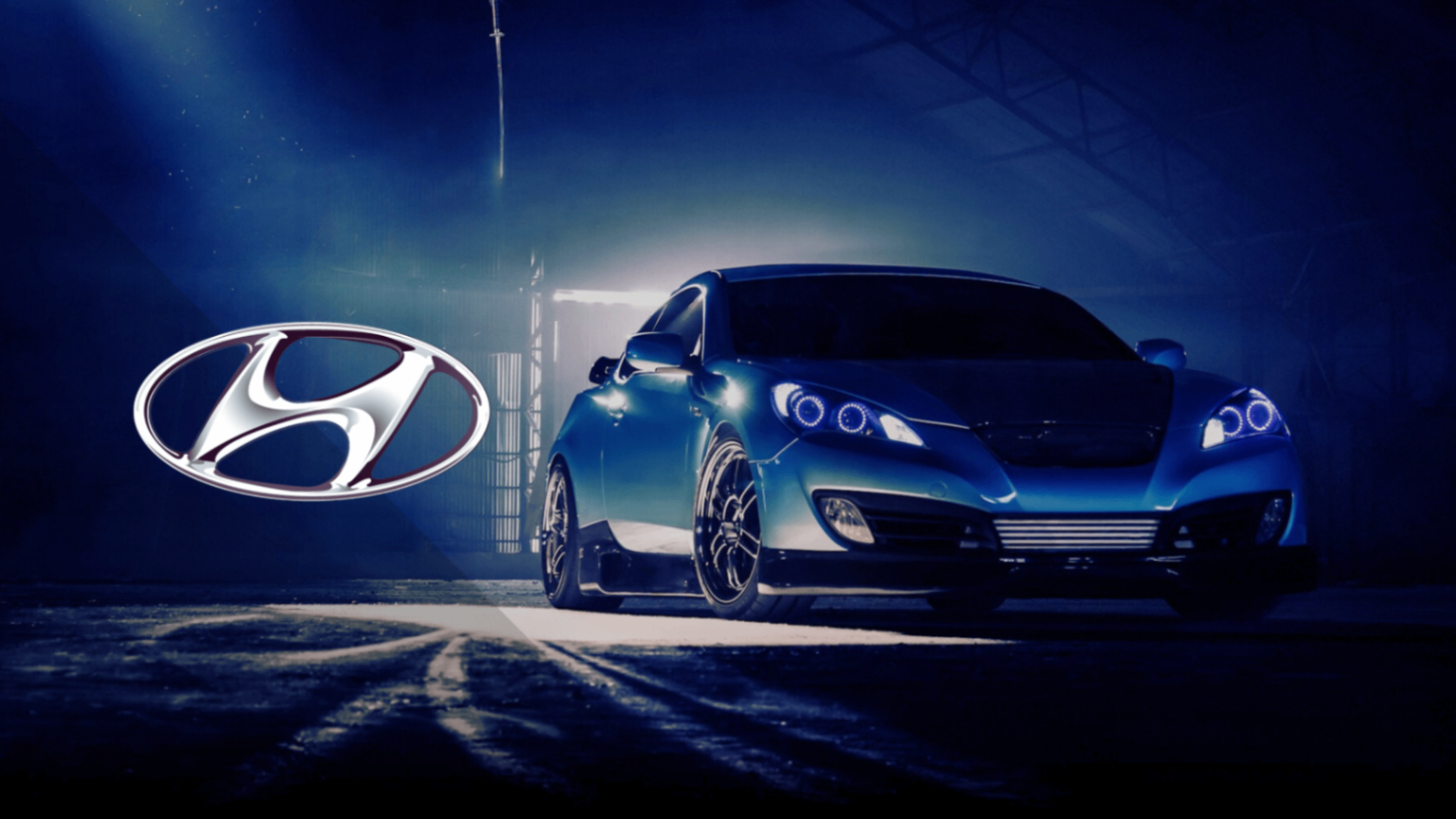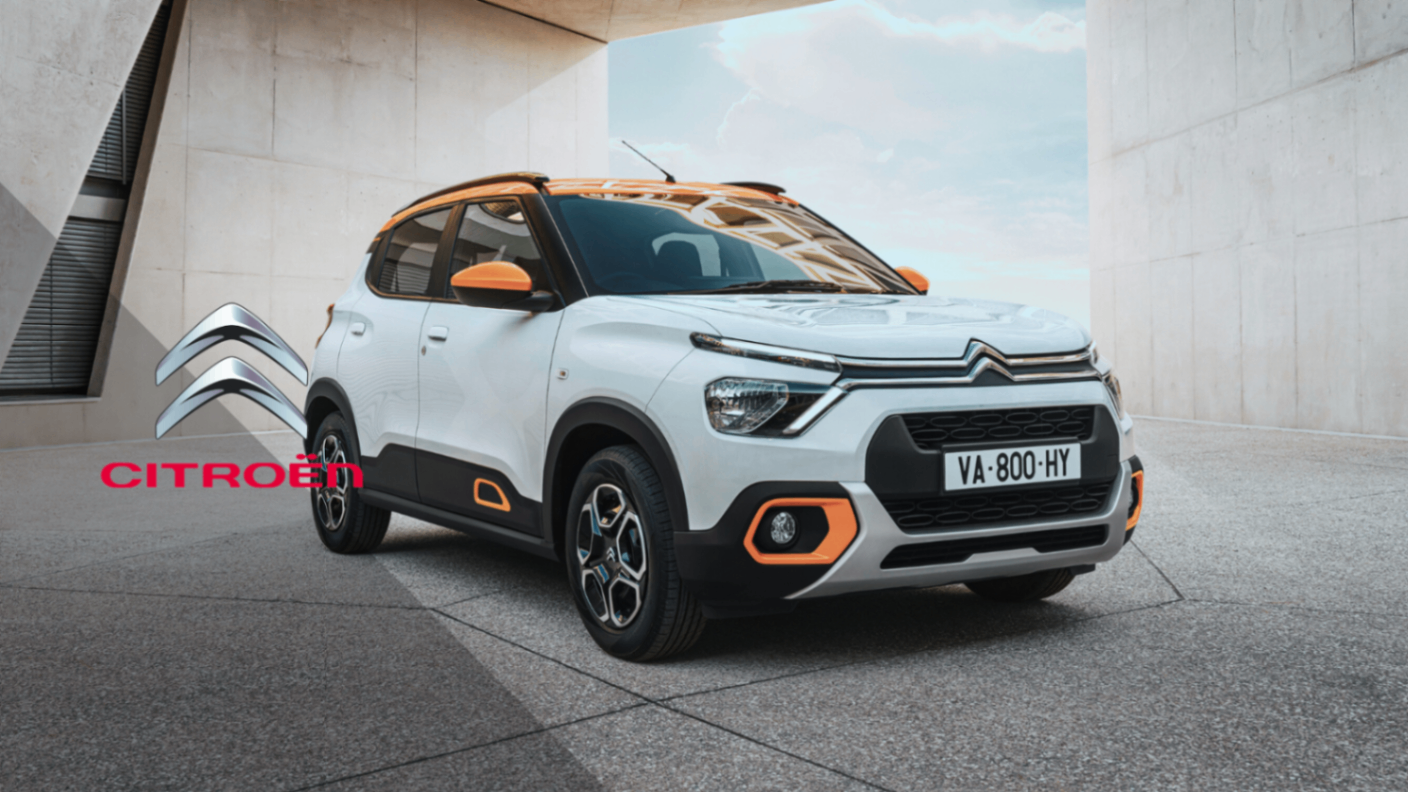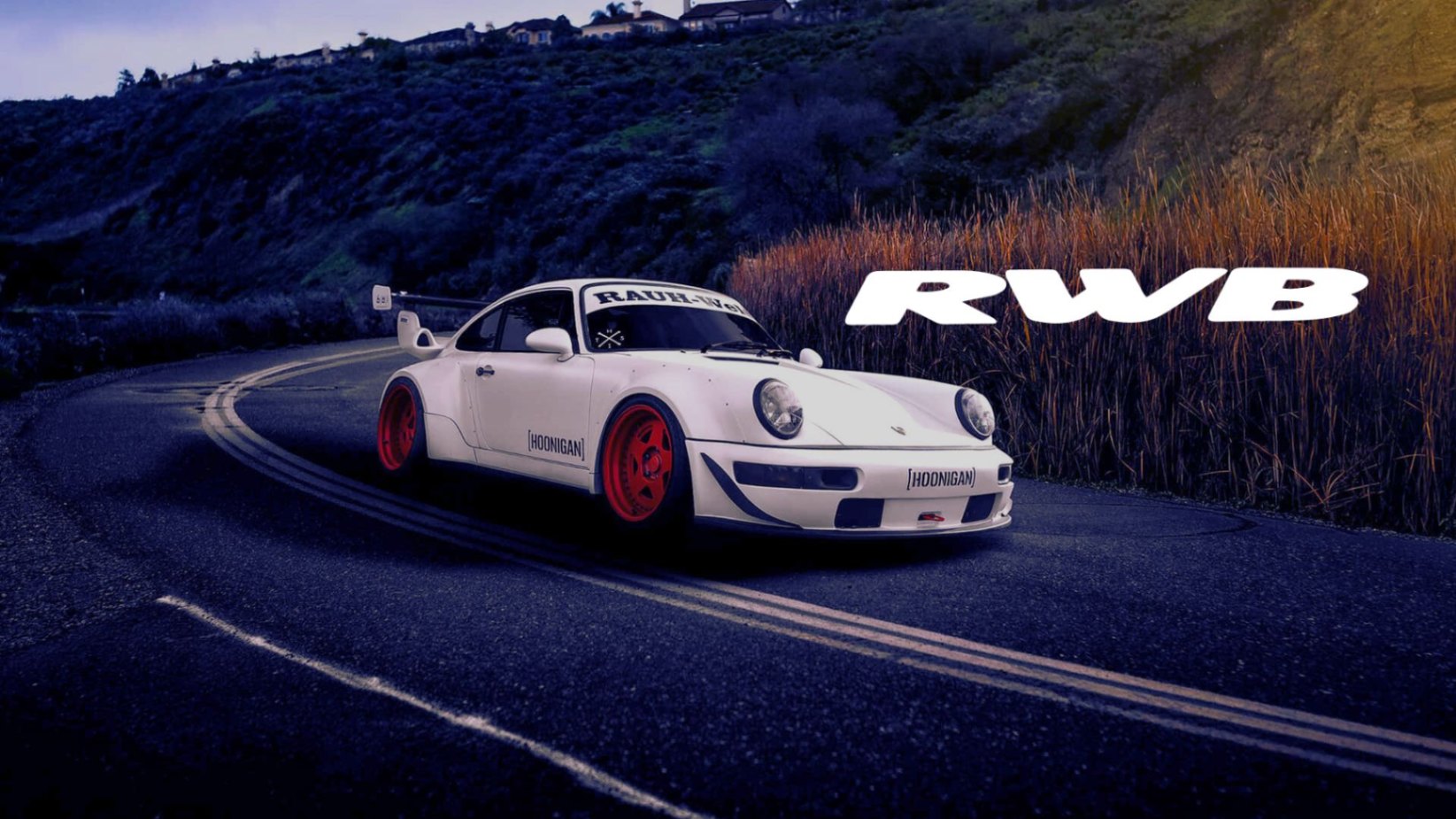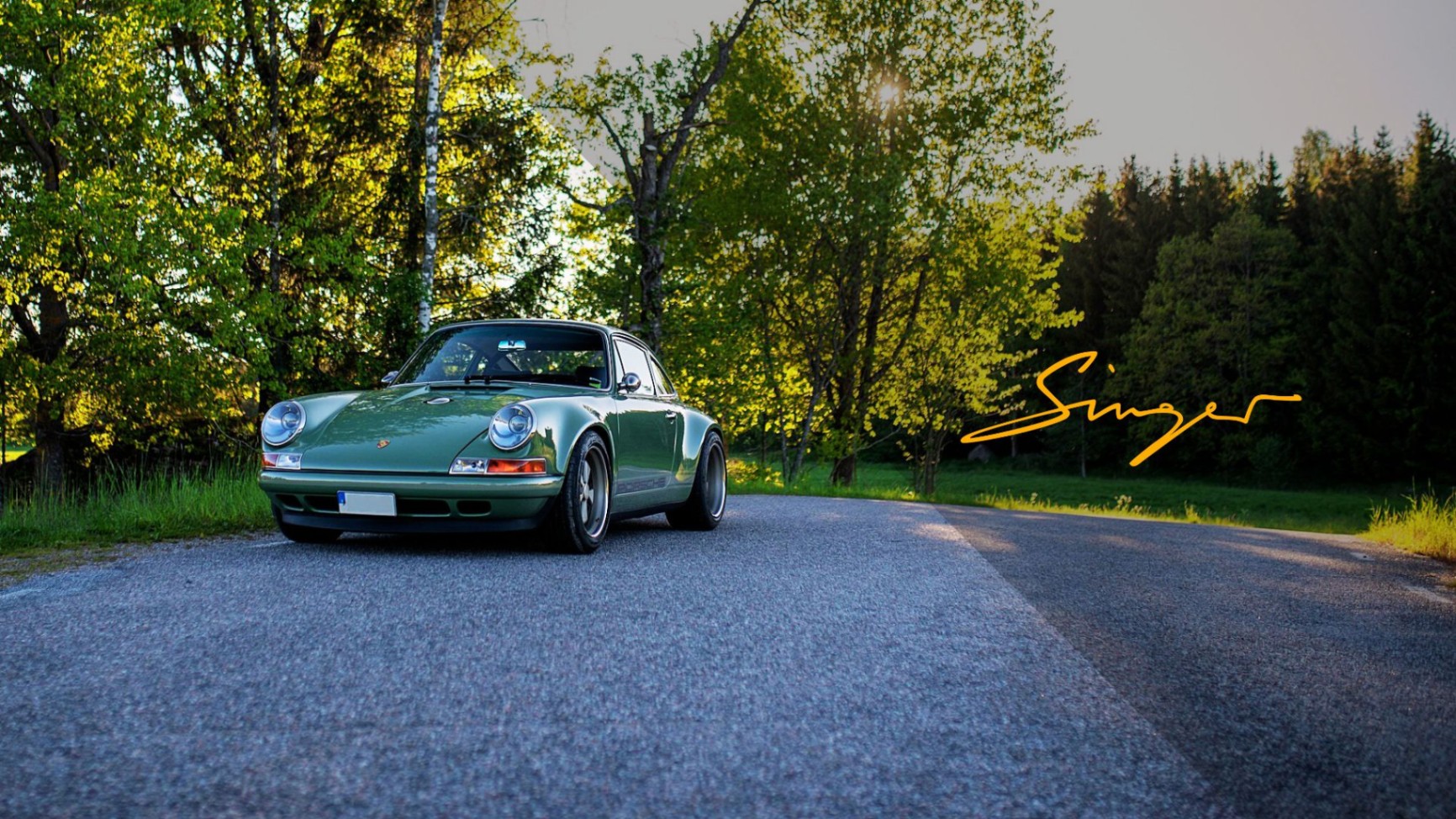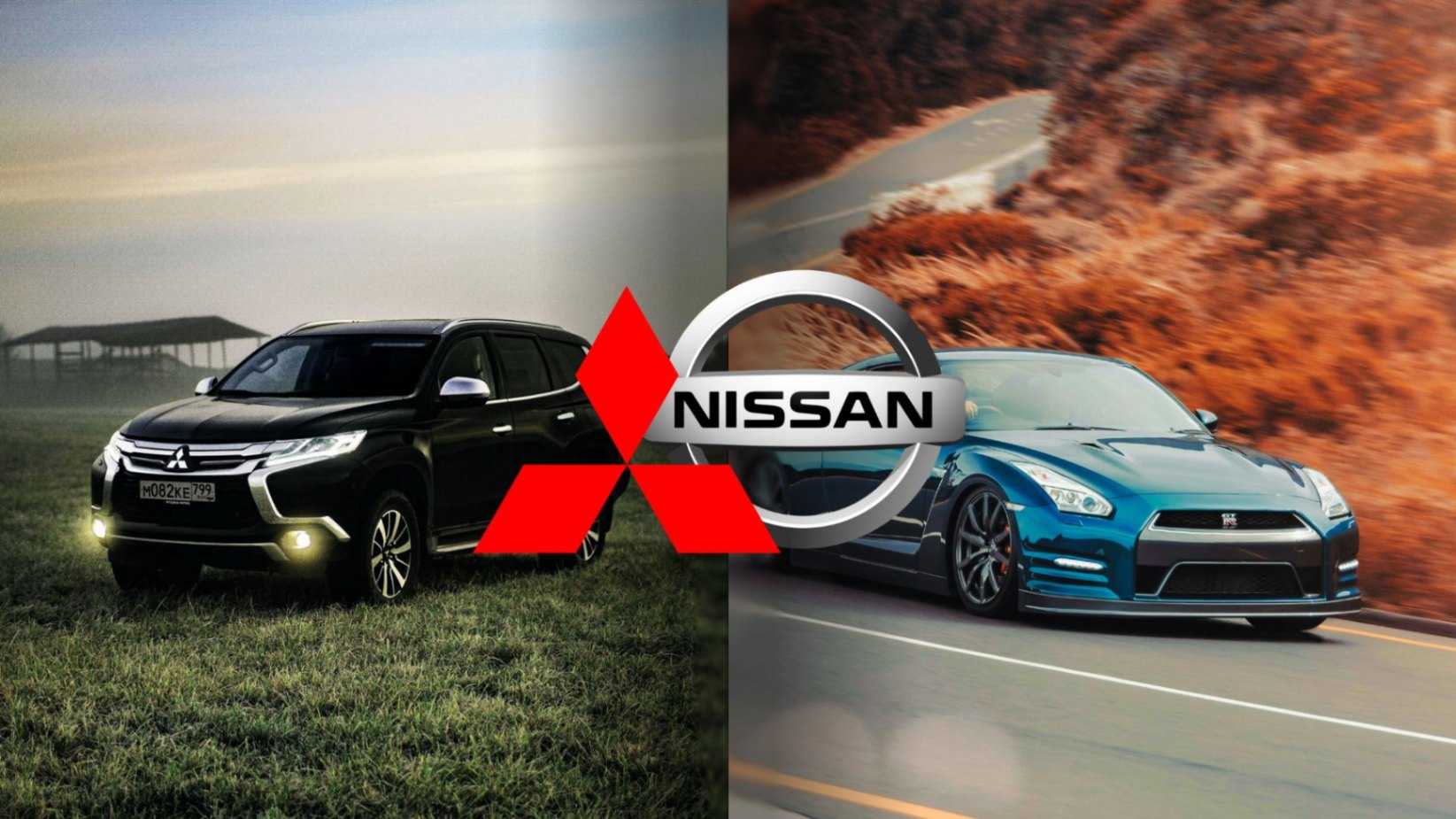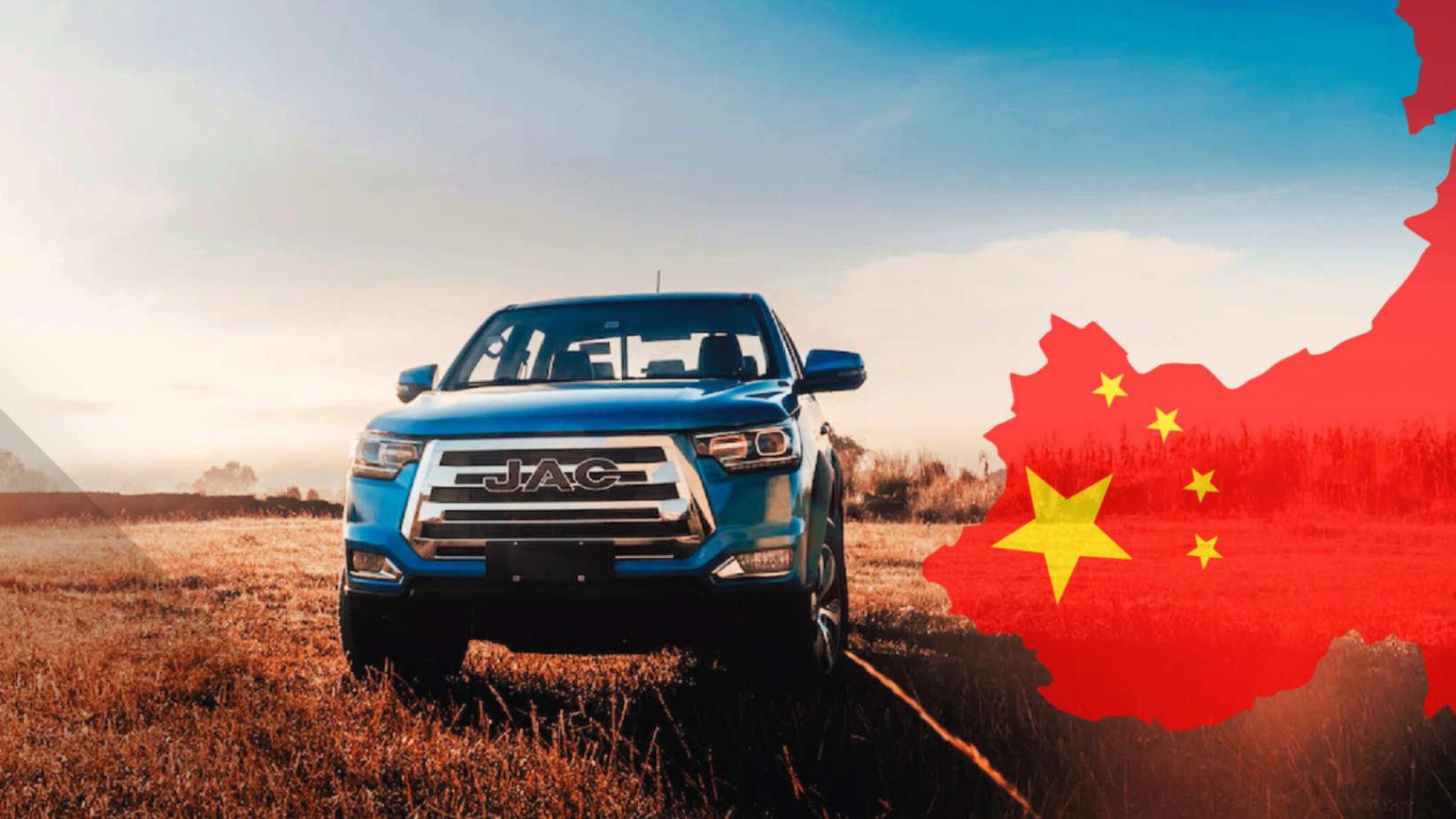
Ferdinand Porsche is globally recognized as a genius of automotive engineering, the man behind the iconic Volkswagen Beetle and founder of one of the world's most prestigious sports car brands. However, there's a side of his story that is often overlooked: his involvement in the Nazi war effort. Join us as we delve into a dark chapter of automotive history. Let's begin!
Ferdinand Porsche: The Early Years
Ferdinand Porsche was born on September 3, 1875, in Maffersdorf, in what is now the Czech Republic. From a young age, he exhibited an exceptional talent for mechanics and engineering.
At 18, Ferdinand left home to work in Vienna, where he started at the Lohner company. There, he designed his first electric vehicle, the "Lohner-Porsche," which debuted at the 1900 Paris World's Fair. This vehicle, with its innovative four-wheel drive system, captured international attention and established Porsche as a visionary engineer.
Porsche's career continued to soar when he joined Austro-Daimler in 1906, becoming technical director and later general manager. During his time at Austro-Daimler, Porsche designed the revolutionary Austro-Daimler Prince Henry, considered one of the world's first sports cars. His ability to combine speed, efficiency, and design earned him numerous awards and accolades, solidifying his reputation as one of the best automotive engineers of his time.
In 1923, Porsche moved to Stuttgart to work with Daimler-Benz. However, his restless spirit and desire for independence led him to leave Daimler in 1929 to found his own engineering company in 1931, "Dr. Ing. h.c. F. Porsche GmbH."
Porsche's firm did not manufacture cars at that time but instead provided consulting and vehicle development services for other companies. It was here that he developed some of his most influential projects, such as the Mercedes-Benz SSK, one of the most successful racing cars of its era.
[Image-0]
His Entry into the Nazi Regime
Porsche's big break came in 1934 when Adolf Hitler, newly in power, sought to create a "people's car" that was affordable and accessible to all Germans. This ambitious project led Porsche to design the Volkswagen Beetle, known in Germany as the "Käfer." The Beetle's compact and efficient design not only met Hitler's specifications but also reflected Porsche's vision of a functional and accessible car for the masses.
The development of the Beetle catapulted Porsche to the top within the Nazi regime. His ability to innovate and his success with the Beetle earned him Hitler's trust, who commissioned him for various projects. Porsche had not only proven to be a brilliant engineer but also someone capable of realizing the grandiose and dangerous visions of the Third Reich.
With World War II looming, Porsche's focus shifted from civilian cars to military vehicles. Under Adolf Hitler's direct orders, Porsche became one of the leading engineers tasked with developing military technology for the German army. One of his most notorious projects was the development of the Tiger I, a heavy tank that became one of the most feared on the battlefields of World War II.
In addition to tanks, Porsche also worked on the production of other military vehicles, such as the Volkswagen Kübelwagen, a light utility vehicle based on the Beetle, and the Schwimmwagen, an amphibious vehicle used by German forces.
See also: Bombs Couldn't Stop Him | The Incredible Story of Honda
Forced Labor
As World War II intensified, Ferdinand Porsche's factories became a crucial cog in the Nazi war machine. The production of military vehicles required a massive and efficient workforce, and the Nazi regime did not hesitate to resort to inhumane practices to meet its demands. It was in this context that the use of forced laborers and prisoners of war became a grim reality in Porsche's factories.
These individuals, hailing from across Europe, were sent to Germany under deplorable conditions, destined to work in factories like Porsche's. Among them were Jews, prisoners of war, and civilians of many nationalities, all facing the same reality of exploitation and abuse.
They were housed in overcrowded barracks, with little food and no access to adequate medical care. Their workdays were long and grueling, subjected to a relentless production pace and strict supervision. The utilization of forced laborers allowed for high production levels at low costs, a strategic advantage that the Nazi regime exploited without scruples.
Malnutrition, disease, and work-related accidents were common, and many did not survive the brutality of forced labor. Those who managed to survive carried physical and emotional scars that would last a lifetime. The atrocities committed in Porsche's factories, and in many other German industries, were a chilling reminder of how far the Nazi regime was willing to go to sustain its war effort.
[Image-1]
Kidnappings
With the advance of the Allies, the situation in Germany became increasingly chaotic. In 1945, with the war coming to an end, Ferdinand Porsche was arrested by French forces. He was accused of war crimes due to his collaboration with the Nazi regime and the use of forced laborers.
During his detention, Porsche suffered several kidnapping attempts. The primary reason for these attempts was his vast knowledge and experience in automotive and military engineering. Both Allied forces and other factions saw Porsche as a valuable asset, with skills that could be exploited in the postwar period.
Finally, after nearly 20 months of internment in France without a formal trial, Ferdinand Porsche was released in August 1947. His family and friends paid a large sum of money as bail to secure his freedom. During his imprisonment, his son Ferry Porsche had taken the reins of the company, working tirelessly to keep it afloat and developing the first car to bear the Porsche name: the 356.
The success of the 356 not only revived the Porsche brand but also helped divert attention from its dark past. As the European economy recovered, the demand for sports cars increased, and Porsche was in the perfect position to capitalize on this opportunity. The company moved its operations back to Stuttgart, Germany, and continued to develop models.
Porsche Today
In the 1960s, Porsche launched the model that would become its most enduring symbol: the Porsche 911. A car that offered a timeless design, a rear-mounted engine, and an exhilarating driving experience that made it an instant hit. The 911 not only solidified Porsche's reputation as a manufacturer of high-quality sports cars but also cemented the loyalty of passionate and devoted customers.
Entering the 21st century, Porsche continued to expand and diversify. The introduction of the Porsche Cayenne in 2002 marked the brand's entry into the SUV market. Despite initial criticism, the Cayenne became one of Porsche's best-selling models.
More recently, Porsche has embraced innovation in electric vehicle technology with the launch of the Taycan, its first fully electric car, in 2019. The Taycan has been acclaimed for its performance and design, reaffirming Porsche's position as a leader in the modern automotive industry.
Today, Porsche is synonymous with luxury, performance, and automotive tradition. Despite the dark chapters of its history, the Porsche brand has managed to overcome these obstacles, reinventing itself and achieving unprecedented levels of innovation and success. Its story continues to inspire, even as it reminds us of the lessons of the past.
Learn more: Manufacturer of tractors humiliated Ferrari | Lamborghini

